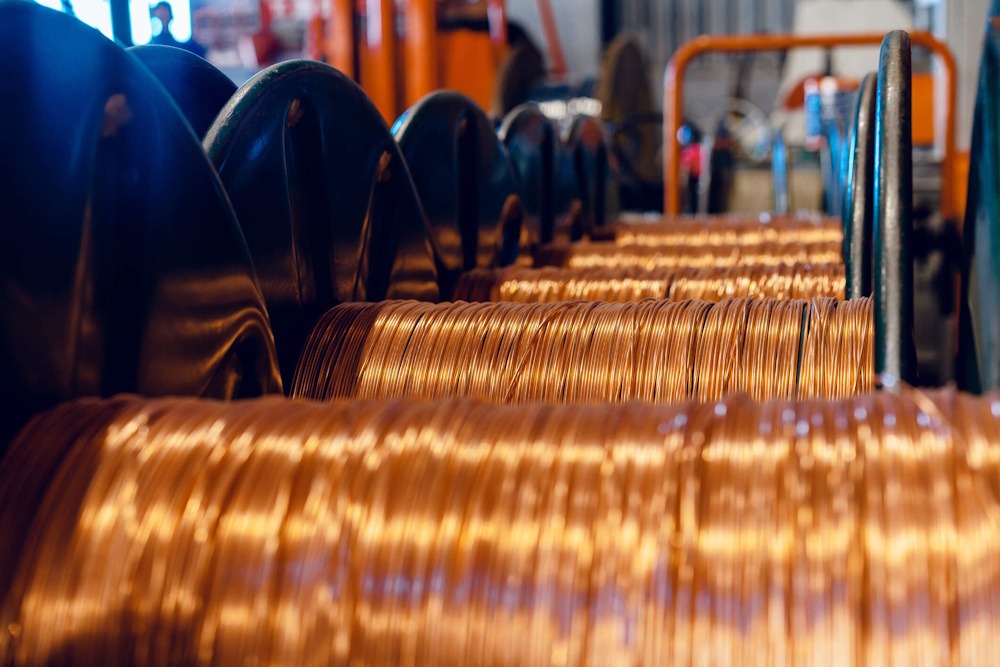
Copper prices increased by 0.51% to close at Rs 1013.4, buoyed by optimism regarding a possible resolution to the U.S. government shutdown and anticipated improvements in demand sentiment from China. Nonetheless, apprehensions persisted regarding diminished Chinese bank lending and a deceleration in total social financing, which dampened market optimism. Production data on the supply side suggested a contraction in availability for 2025, thereby providing further support to prices. Chile’s state-owned miner Codelco reported a 7% decrease in output for September, whereas a joint mine operated by Glencore and Anglo American experienced a notable 26% decline.
Meanwhile, BHP’s Escondida mine recorded a 17% increase in output, providing a modest counterbalance to prevailing global supply concerns. Inventories at the Shanghai Futures Exchange decreased by 1% week-on-week, highlighting a consistent reduction in visible stocks. The International Copper Study Group has forecasted a global refined copper surplus of 178,000 tonnes for 2025, which will be succeeded by a deficit of 150,000 tonnes in 2026, driven by mine disruptions and a deceleration in refined output growth.
Copper consumption is projected to increase by 3% in 2025 and by 2.1% in 2026, indicating robust medium-term demand outlooks. In October, China experienced a decline in copper imports, which decreased by 9.7% to 438,000 tonnes. This downturn can be attributed to elevated domestic prices and a slowdown in restocking activities. Year-to-date, imports have also seen a reduction of 3%.
Copper concentrate imports experienced a month-on-month decline; however, they continue to be elevated on a year-on-year basis. The market is experiencing short covering, as evidenced by a 10.34% decline in open interest, now standing at 8,000. Immediate support is identified at Rs 1008.2 and Rs 1002.8, whereas resistance is positioned at Rs 1018 and Rs 1022.4.
